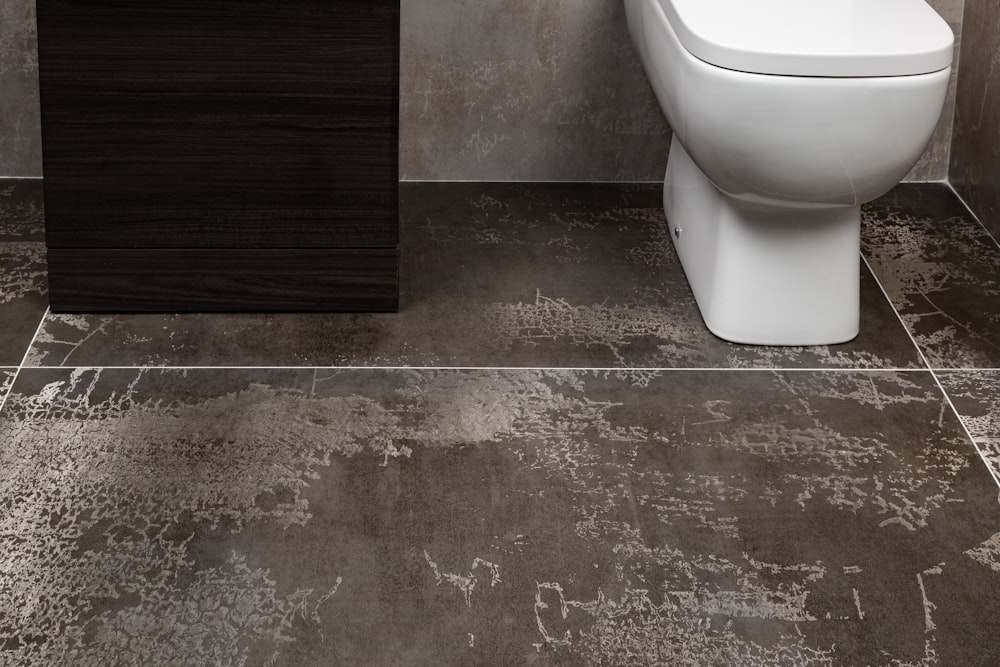Before tackling your next snow removal project, it’s important to make a snow removal plan for your roof. This plan should address the weight of the snow on your roof, access to the roof, edge fall protection, and the appropriate cold weather clothing needed for safety. If you have an accessible roof, you can take advantage of snow removal equipment that allows you to move the snow without slipping. The best snow removal plans will also help you minimize the risk of slipping and falling.
Pre-game strategy
Roof snow removal plans are essential for safe and efficient roof removal. Snow loading can damage a roof if not properly removed. However, there are ways to avoid such risks and get the best results with a little forethought. Listed below are some tips to help you get started on a snow-free roof this winter. To begin with, be aware of the current weather conditions. Also, pay attention to nearby overhead utility lines. If you are unsure of where these lines are located, consider hiring a snow removal service to assist you with the job. Using a snow rake can minimize the risk of electrocution.
Pre-game strategy for removing snow from roof
If you are in the process of removing snow from your roof, planning is the first step. You want to make sure you are removing significant snow from opposite roof planes in a systematic manner, because if you don’t, your roof may become seriously imbalanced. Secondly, you want to consider the safety of everyone involved. Every winter, dozens of people suffer injury while shoveling snow from their roofs.
There are two methods of removing snow from a roof: one is raking and the other is sweeping. The rake is the simplest way to remove snow, and you can pull the rake up to a foot at a time. If you go too high, however, the rake head will float off the surface of the roof and pack down any leftover snow.
Calculating weight of snow on your roof
How do you calculate the weight of snow on your roof? Snow weighs a certain amount per cubic foot. Snow, on average, weighs six to eight pounds per cubic foot. However, the weight of ice can be as heavy as three times that of snow. Therefore, to calculate the weight of snow on your roof, you need to multiply the cubic feet of snow by the square feet of your roof. If there are three feet of snow on your roof, the weight of the ice is more than five times greater than the weight of snow.
In general, most residential roofs can support up to 20 lb per square foot or 100 kg per square meter of snow. However, this value is not fixed and varies with different roofs. The American Society of Civil Engineers (ASCE) published the Minimum Design Loads for Buildings and Other Structures in 1988. This updated standard, ASCE7-16, is helpful for calculating the snow load on your roof.
Dangers of not having a plan
Roof snow removal is a time-consuming task, and the dangers of not having a plan are real. Not only does this increase your risk of a roof collapse, but you could also end up losing customers if you can’t get the job done. If you’re working on a commercial property, you can’t afford to miss an important snowstorm. Even a minor snowfall can result in a dangerous collapse if it’s not removed quickly. The freeze/thaw cycle will change snow to ice. Ice is much heavier than snow, and if the roof is not removed in time, it could end up causing a disaster.
Having a snow removal plan is important for any company operating in a region with a heavy snowfall. A snow removal plan allows for early assessment of snow loads and timely decisions regarding how to remove it. The process can save lives and reduce the risk of roof collapse. As a result, a plan is essential to protecting your company and employees. Here are some common snow removal dangers and how you can minimize them.










